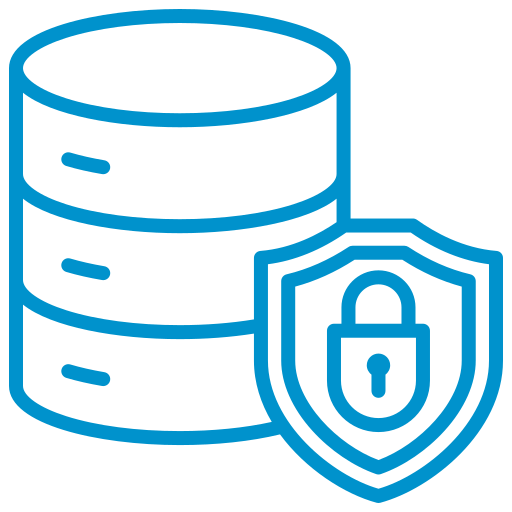What is On-Premise and Cloud Infrastructure?
The most critical decision every business faces during the digital transformation process is how to structure its IT infrastructure: should it be on-premise or cloud-based? This choice is not merely a technological preference, but a strategic step in terms of data security, cost management, and business process flexibility.
On-premise solutions allow you to keep your data entirely under your control and customize your infrastructure according to your specific needs. On the other hand, cloud-based infrastructure provide your business with flexibility through rapid deployment, scalability, and continuously updated services. So, which infrastructure is more suitable for your ITSM processes? In this article, we will examine the on-premise and cloud models from the ground up, exploring their advantages and the scenarios.
What Are the Advantages of On-Premises and Cloud Infrastructure?
Both infrastructure models offer different advantages to businesses.
- On-Premises: Your data is completely under your control, you can customize your infrastructure, and manage it in compliance with regulatory requirements.
- Cloud: With quick setup, scalability, and access from anywhere, it keeps your ITSM processes flexible and up-to-date.
It is also possible to combine these two models according to your needs; critical data can be managed on-premises, while other services can be managed in the cloud, allowing you to reap the benefits of both IT infrastructures.
Features & Advangates | On-premise based infrastructure | Cloud-based infrastructure |
Data Control | Full control is available, data is stored within the company. | The provider is located in data centers, partial control is available. |
Privatization | High, provides flexibility for business adaptation. | Standardized solutions are available. |
Setup & Scability | Setup may take time, scaling is manual. | Quick setup is provided and easy to scale. |
Maintenance & Update | Responsibility of the IT team. | Automated by the provider. |
Accessibility | Access is provided via local network and VPN. | Access is provided from any device, anywhere. |
Compability & Regulation | Easy compliance with regulations. | Depends on the level of compliance offered by the provider. |
At this point, there is no single right answer for businesses; some organizations prefer on-premises infrastructure due to regulations and data security, while others choose cloud-based solutions for rapid deployment and flexibility. SPIDYA ITSM offers organizations both options, allowing you to configure your IT infrastructure in the way that best suits your business goals.
On-Premise ITSM provides data control, regulatory compliance, and customization advantages, while Cloud ITSM offers rapid deployment, scalability, and low operational overhead!
On-Premises & Cloud: Which Should Be Preferred for ITSM Processes and Why?
Configuring your business’s IT infrastructure and ITSM processes is not just a technical decision, but a strategic operation. The fundamental difference between on-prem and cloud solutions is where IT service management tools and data are hosted. The chosen infrastructure directly impacts service continuity, data security, performance optimization, cost management, and compliance requirements.
However, SLA (Service Level Agreement) management is also a critical factor. In the on-premise model, SLA responsibility largely falls to the organization’s own IT team, while in cloud solutions, SLA commitments are determined by the provider (e.g., a 99.9% uptime guarantee). This difference directly shapes how businesses manage their service levels. So, which model is more efficient and secure for your ITSM processes? Here’s the answer.
Why Choose On-Prem?
1. Data Control and Security
2. Customization Options
3. Regulation and Compliance
4. Long-Term Cost Management
Why Choose the Cloud?
1. Fast Setup and Scalability
2. Up-to-Date Software and Maintenance
3. Flexible Subscription Model
4. Access from Anywhere
Which Infrastructure Stands Out in Which Situation?
To understand the differences between on-premises and cloud solutions, it may be helpful to illustrate different business scenarios:
- Small and medium-sized businesses: Speed of implementation and flexibility are paramount. For example, an e-commerce company with several departments can quickly digitize all its processes using cloud ITSM and rapidly increase its user base as it grows.
- Large organizations or heavily regulated industries: Data security and compliance are critical in sectors such as finance or healthcare. For example, a large bank can gain full control and customization options with on-prem ITSM by hosting customer data in its own data center.
- Hybrid approach: Some businesses can keep critical data on-premises while managing less sensitive or support services in the cloud. For example, a manufacturing company can store production data on its own servers while running processes such as personnel management and reporting on a cloud-based system.










